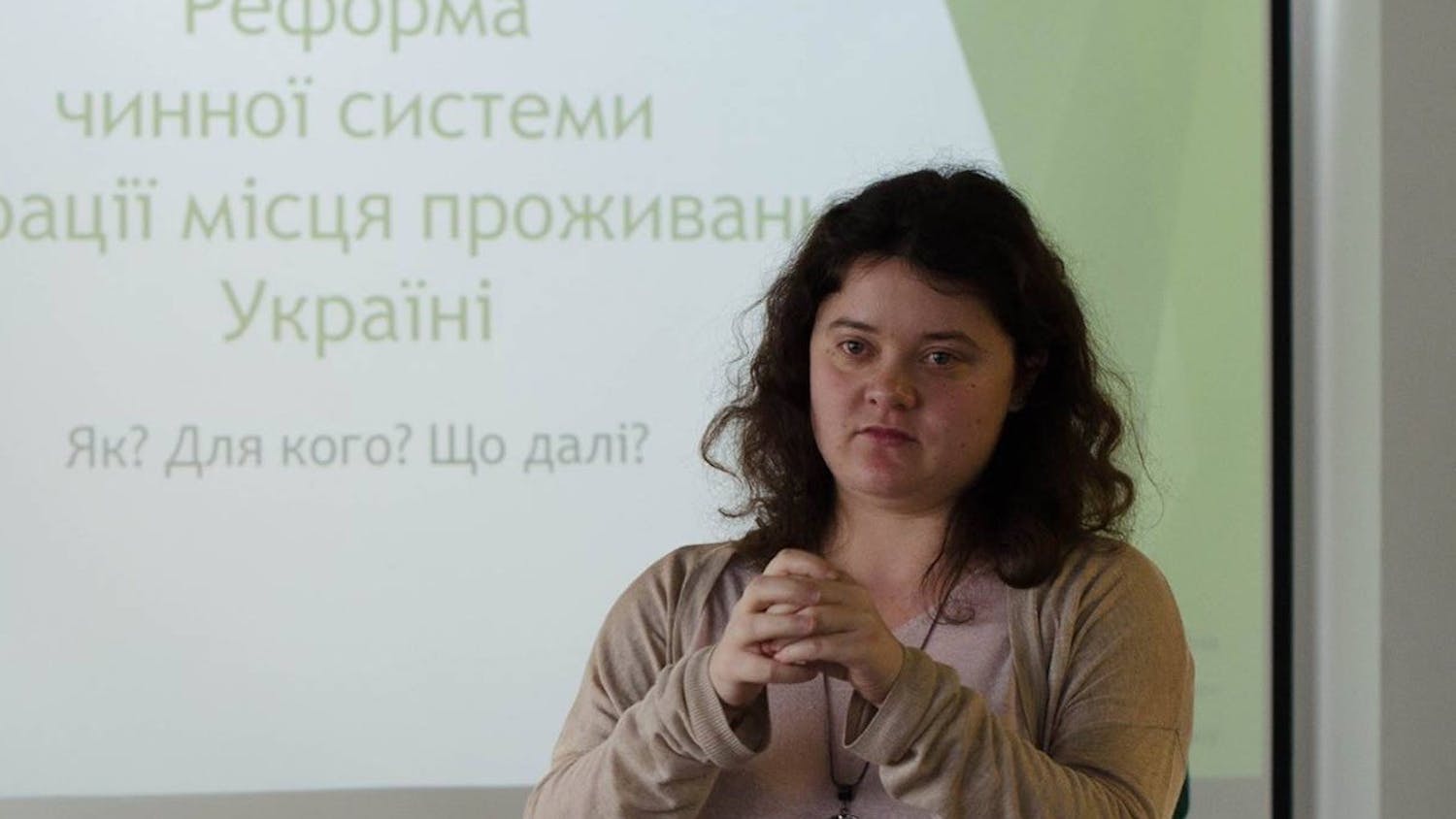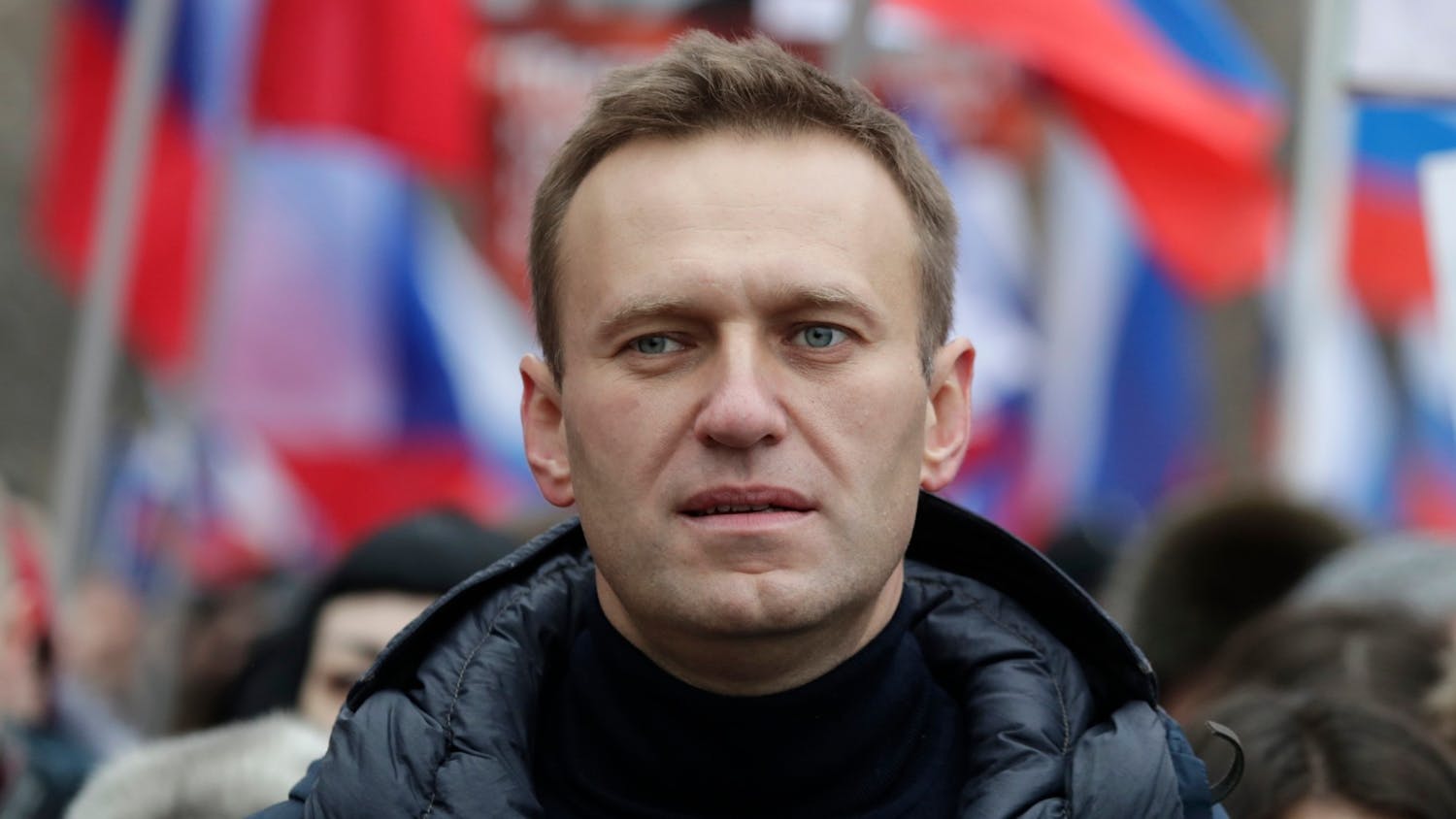Three stories spotlighting relevant pieces of international news. These global stories aim to broaden the perspective of the Taylor community as they absorb information from a variety of sources and spaces.
Power shifts in the U.K.
On Thursday, Sept. 8, Queen Elizabeth II died at the age of 96, following 70 years on the throne.
Prior to her death, Buckingham Palace released a statement that the Queen was under medical supervision at her Scottish residence in Balmoral Castle.
A pre-established 10-day plan — code-named Operation London Bridge — is now guiding a national mourning period that concluded with the state funeral on Monday, Sept. 19.
The Queen’s eldest son, King Charles III, is in line to assume the throne at the age of 73. The King paid tribute to his mother in his first address to the British people on Friday, Sept. 9.
“She set an example of selfless duty which, with God’s help and your counsels, I am resolved faithfully to follow,” the King was quoted saying in an ABC news article.
In her position as the head of state, Queen Elizabeth II navigated the years following World War II, Britain’s transition from an empire to that of a Commonwealth, the end of the Cold War, the U.K.’s fluid relationship with the European Union and weekly audiences with 15 prime ministers.
The death of Britain’s longest-reigning monarch marks the passing of a second Elizabethan age — opening the door to a new era that has social, political and economic ramifications.
“There will be a substantial moment of national introspection, a long moment of pause for what the queen’s death means for Britain’s role in the world,” said Tony Travers, a British politics expert at the London School of Economics, in an article published by the Washington Post.
Alongside shifts in the head of state, Britain is simultaneously navigating changes in government as newly-elected Prime Minister Liz Truss steps into office.
Ongoing Russia-Ukraine War
Following Russia’s initial invasion of Ukraine in Feb. 2022, Ukrainian forces retook areas surrounding the capital city of Kyiv in early April.
In response, Russia re-focused military efforts, targeting south, east and north-eastern areas of Ukraine.
However, a series of Ukrainian counterattacks, launched successfully at the beginning of September, has allowed Ukrainian forces to reclaim more than 3,000 square miles of territory in both the south and the northeast.
Many of these counterattacks have been powered by additional weapons and military support from Ukraine’s allies, including the U.S. and the E.U.
Russia has responded to these counterattacks with strategic withdrawals and military strikes.
“Together, these attacks have forced Russia to divert several thousand troops from the east to defend areas that had previously seemed secure,” an article in the New York Times said.
However, Russia continues to occupy 20% of Ukraine, according to an infographic released by the Institute for the Study of War (ISW) and published in a recent BBC article. Additionally, civilians continue to feel the impact of the ongoing war in Ukraine.
A civilian casualty update released by the U.N. Human Rights Office in July records over five thousand civilian deaths and over six thousand civilian injuries in-country since Russia’s initial invasion in Feb. 2022. The UNHCR estimates nearly seven million internal displacements, with over six million crossing over to neighboring countries such as Poland, Hungary and Moldova.
“Hundreds of thousands are seeking refuge in neighboring countries,” U.N. High Commissioner for Refugees Filippo Grandi was quoted saying in a UNHCR update. “They need safety and protection, first and foremost, but also shelter, food, hygiene and other support; and they need it urgently.”
Ethiopia’s Tigray conflict
Nearly two years of conflict between the centralized Ethiopian government and forces in the country’s northern Tigray region have led to displacement and destabilization within Ethiopia.
One of ten regional states in Ethiopia, Tigray dominated national politics for nearly three decades until Prime Minister Abiy Ahmed’s nomination in 2018. Ahmed’s desire for an ethnically unified Ethiopia challenged the divisive political reforms implemented by the Tigray People’s Liberation Front (T.P.L.F.) in prior years.
In defiance of the central government, Tigray held regional elections in Sept. 2020 that placed power back into the hands of T.P.L.F. candidates. In response to these elections, along with an alleged attack by T.P.L.F. forces on a federal military base, the Ethiopian government deployed troops against Tigrayan leadership.
Since this initial deployment in Nov. 2020, the conflict has spiraled into an ongoing war that the United Nations Office for the Coordination of Humanitarian Affairs (U.N.O.C.H.A.) declared a “dire humanitarian crisis” in a report released on Sept. 6, 2022.
In addition to T.P.L.F. forces, the Ethiopian military — together with regional police and forces from nearby Eritrea — have committed a number of human rights violations. Reports of these violations compelled the U.N. and the Ethiopian Human Rights Commission (E.H.R.C.) to conduct a joint investigation, published on Nov. 3, 2021.
Civilians are experiencing the worst of the violence, which, together with national food insecurity, has affected more than 20 million people.
“Now, fighters from the Tigray People’s Liberation Front say they are open to a ceasefire and are ready to accept an African Union-led peace process, something they have dismissed in the past,” a report from Aljazeera noted. “The Ethiopian government has not responded to the proposal.”
Ahmed’s government continues to reject mediation, despite the U.N.’s encouragement to pursue peace.




